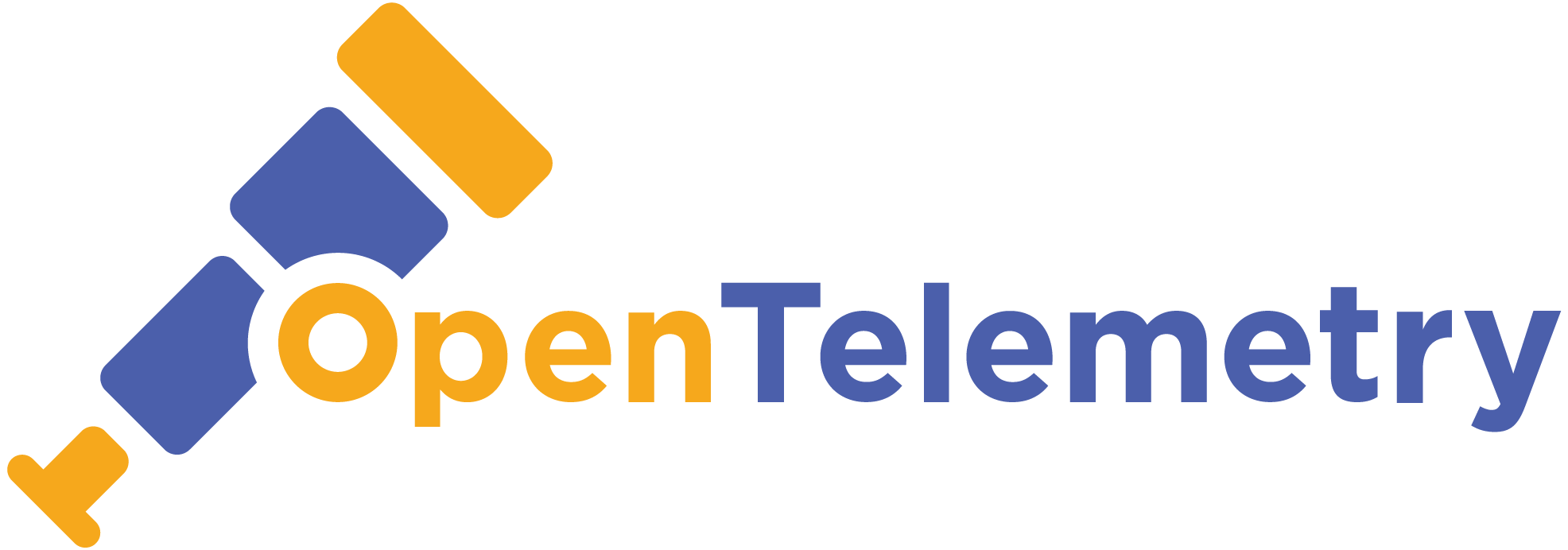The OpenTelemetry specification describes the cross-language requirements and expectations for all OpenTelemetry implementations.
- The latest release is hosted at opentelemetry.io/docs/specs/otel
- Markdown sources are under specification
For details, see CONTRIBUTING.md, in particular read Proposing a change before submitting a PR.
Questions that need additional attention can be brought to the regular specifications meeting. EU and US timezone friendly meeting is held every Tuesday at 8 AM Pacific time. Meeting notes are held in the Google doc. APAC timezone friendly meetings are held on request. See OpenTelemetry calendar.
Escalations to technical committee may be made over the e-mail. Technical committee holds regular meetings, notes are held here.
See, Compliance of Implementations with Specification.
The current project status as well as information on notable past releases is found at the OpenTelemetry project page.
Information about current work and future development plans is found at the specification development milestones.
Changes to the specification are versioned according to Semantic Versioning 2.0 and described in CHANGELOG.md. Layout changes are not versioned. Specific implementations of the specification should specify which version they implement.
Changes to the change process itself are not currently versioned but may be independently versioned in the future.
By contributing to OpenTelemetry Specification repository, you agree that your contributions will be licensed under its Apache 2.0 License.


